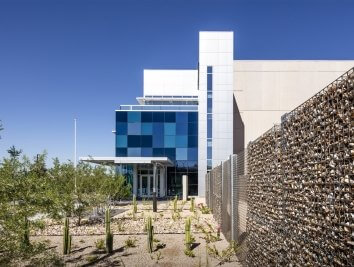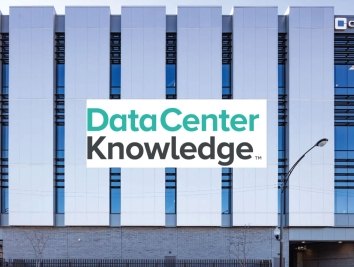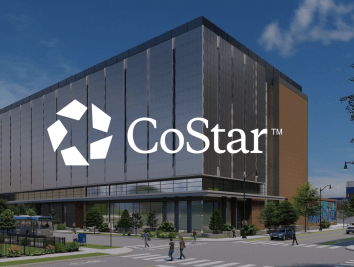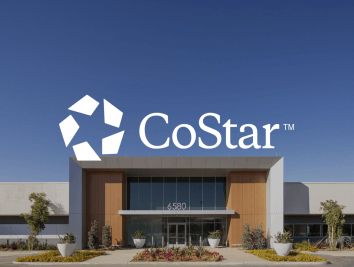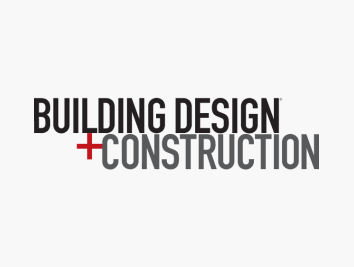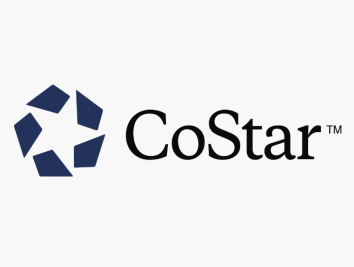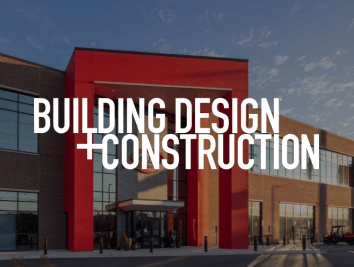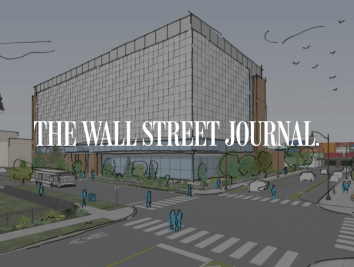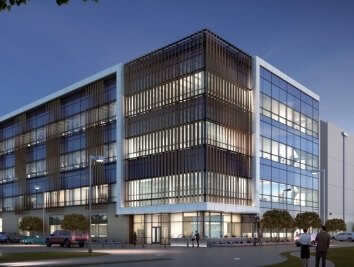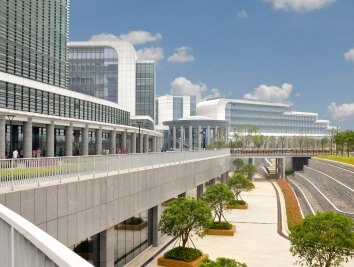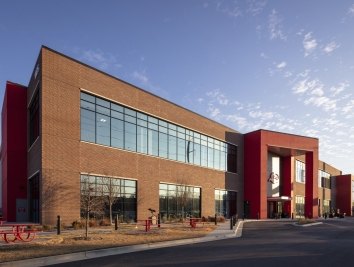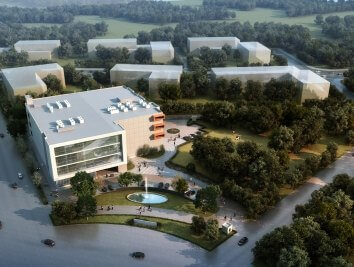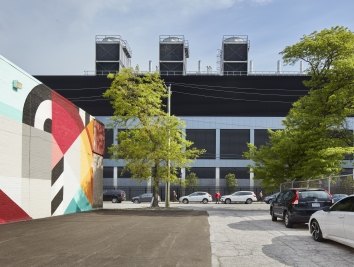Data Centers: Solutions for Common Zoning Issues

As our dependence on technology and data increases, data centers are now being built in more diverse locations across the globe to keep up with the growing demand for information. While many municipalities and jurisdictions are familiar with the data center typology, some may have little understanding of the intricacies this building type could entail. When jurisdictions are not familiar with data centers, design professionals need to take the lead in recommending the most beneficial interpretation of the codes applicable to the project. There are several key areas necessary to take into consideration before presenting code interpretations to the authority having jurisdiction over the project.
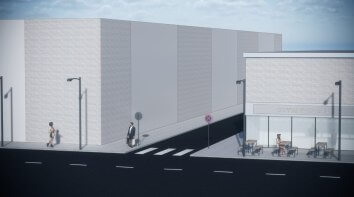
The design of any building project must respond to local planning and zoning as well as local, state, federal, or international code requirements. While data centers are becoming a prominent building type, most zoning requirements and building codes specific to data centers have yet to specifically address data centers as the unique project type they are. As designers, the lack of data center particular requirements puts Corgan in the situation of establishing how zoning and code requirements should be applied to data centers most beneficially to our clients while safely meeting the desired intent of the authority having jurisdiction.
In doing so, there are many areas where elevating the understanding of data center functions and operations with authority is required to gain the best possible outcome for the building owner, the neighboring community, and the environment. A few examples of where Corgan and the AHJ typically have these types of conversations would be zoning setbacks on height requirements and code occupancy classification.
With few exceptions, in developed areas with mature development planning, data centers are rarely addressed. Sites developed for data centers are typically zoned for commercial use or light manufacturing, all of which are reasonably accommodating for the development of a data center. However, the zoning requirements established for those types of developments rarely take into consideration data center-specific design elements. Site perimeter fencing within setbacks, screening of yard mounted generators, and rooftop mechanical equipment, as well as acoustical restrictions and glazing requirements, can all have a negative impact on the design process of a data center. Corgan's approach to addressing these areas is to describe the data center's functional needs and discuss how they may be impacted by zoning requirements established for other building types. Elevating the understanding of the practical needs of this project type allows for a collaborative discussion regarding the intent of the zoning requirements and how that intent can be met in the most beneficial way to all parties.
Regarding building occupancy, it is not uncommon for jurisdictions to initially request data centers to fall under an occupancy classification of Group B 'Business' for the entire data center building. While the application of classification Group B for the office design portion of the data center is very applicable, this classification for the portions of the data center storing servers and processing data can be seen as having negative impacts on the overall project and the community. Group B applied to a wholistic data center build would require the project to be designed to support an elevated occupancy count that does not apply to the actual operational headcount of the data center. This would result in enhanced building egress requirements and the overbuilding of restrooms and surface parking. All of which result in increased project costs, excess building surface, building material use, heat island effect, and more.
To combat this, Corgan works with the authority to meet the intent of zoning and building code specific to the data center program. This often results in a recommended occupancy classification of Group S 'Storage' for the building areas for support data processing and limiting the Group B 'Business' classification for those areas dedicated to correct office functions. Taking this approach allows for the design of a data center to meet the client's facilities and operations needs while allowing for an appropriate application of life safety code requirements specific to the functional use of the facility.
The number of diverse municipalities and jurisdictions, nationally and internationally, that data center development is occurring in is growing by the day. Unfortunately, at this time, there are only a handful of data center-specific zoning and building code requirements purposely written to influence the design and development of data centers, which can lead to inconsistency within the marketplace. As this market sector becomes more and more prevalent in the built environment, the hope is that the understanding of this unique building type becomes more understood and adopted into standards and codes currently applied to data centers. Until then, data center designers, such as Corgan, will continue to act as advocates for our clients in the application of zoning and building code requirements, supporting the program and functional needs along with the intent of zoning and applicable codes in a mutually beneficial fashion.
Corgan is ranked as the #1 Data Center Architect by Building Design + Construction (2019). With more than 1,300 data center projects adding up to 6.3 gigawatts of critical load under our belt, we aim to continue to lead the industry in designing high-performance data centers.





